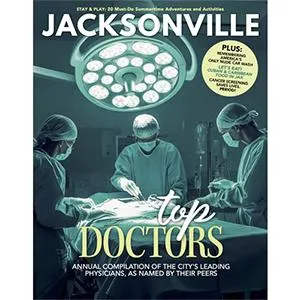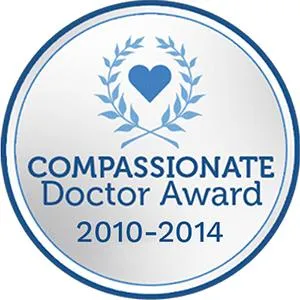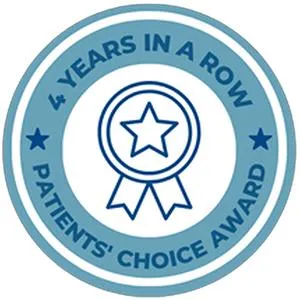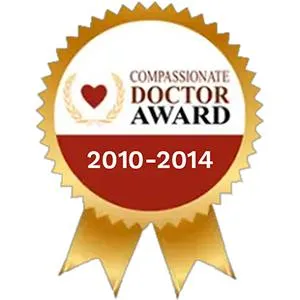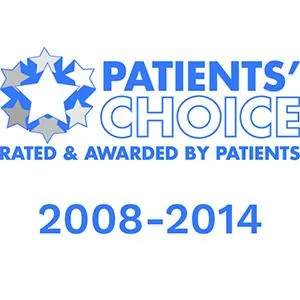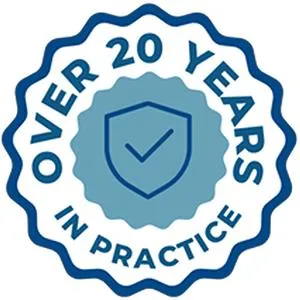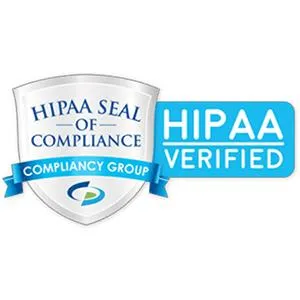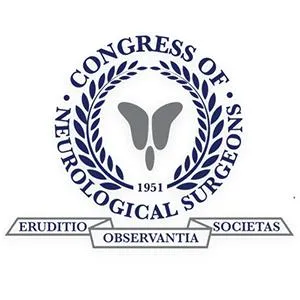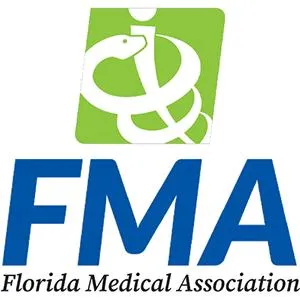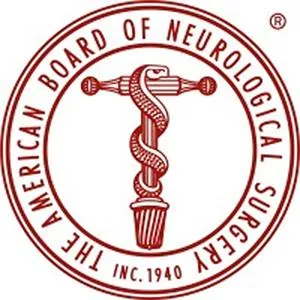Pain Management
Ablation & Stimulation
Advanced Pain Relief Options When Injections Aren’t Enough
For patients with chronic back, neck, or nerve pain who do not improve with standard injections or medications, advanced options such as radiofrequency ablation (RFA) and spinal cord stimulation (SCS) may provide lasting relief. These procedures target pain at the nerve level, either by turning off pain signals temporarily (ablation) or by modulating how pain signals are transmitted to the brain (stimulators). At Desert Spine and Pain, neurosurgeon Dr. David L. Greenwald, M.D., FAANS, FACS offers both ablation and stimulation procedures, tailoring each treatment plan to the patient’s needs.

Over 100 5-Star Reviews!

What Are Ablation & Stimulators?
In simple terms:
Ablation uses heat to stop pain signals from small spinal nerves.
Stimulators use gentle electrical impulses to override pain signals before they reach the brain.
Scientifically:
Radiofrequency Ablation (RFA): Thermal lesioning of medial branch or lateral sacral branch nerves via radiofrequency energy (80°C for 60–90 seconds) to denature nociceptive fibers.
Spinal Cord Stimulation (SCS): Epidural electrode leads connected to an implanted pulse generator modulate dorsal column activity, altering central pain perception through gate control mechanisms.
Benefits, Risks, and Recovery

Benefits of Ablation & Stimulators
Relief for patients with pain not controlled by injections or medications
Minimally invasive, outpatient procedures
Reduce or eliminate the need for long-term opioids
Improved quality of life and functional independence
Can be repeated or adjusted as needed

Risks & Limitations
Temporary soreness at treatment site
Infection, bleeding, nerve irritation (rare)
RFA: Pain may return as nerves regrow
SCS: Device-related risks such as lead migration or battery issues
Not every patient is a candidate — careful evaluation is required

Recovery Timeline
Day 0: Outpatient procedure; mild soreness possible
Days 1–2: Begin noticing pain relief with RFA; stimulator trial begins immediately
Weeks 1–2: Activity gradually increased; most patients resume light activity quickly
Months: Long-term relief from RFA or ongoing pain control from SCS implant
Why Choose Desert Spine and Pain?
At Desert Spine and Pain, you'll receive:
Neurosurgeon-led expertise: Dr. Greenwald offers both ablative and neuromodulation therapies
Comprehensive pain strategy: Procedures integrated with PT, injections, and surgery when appropriate
Cutting-edge care: Advanced technology ensures safe, precise treatments
Patient-first focus: We walk patients through each step, easing anxiety about advanced procedures

Dr. David L. Greenwald, M.D., F.A.C.S.
Neurosurgeon | Spine Surgeon | Regenerative Medicine
Dr. David L. Greenwald, MD, FACS, is a board-certified spine surgeon renowned for his expertise in spine surgery, offering both traditional and minimally invasive procedures to treat a wide range of spinal conditions. Whether addressing herniated discs, spinal stenosis, fractures, deformities, or degenerative diseases, Dr. Greenwald combines surgical precision with the latest technology to achieve optimal outcomes. His approach emphasizes preserving mobility, minimizing tissue disruption, and promoting faster recovery. With decades of experience and a strong reputation for compassionate care, Dr. Greenwald has helped countless patients throughout South Florida find lasting relief and return to active, pain-free lives.
Frequently Asked Questions
What’s the difference between RFA and SCS?
RFA turns off small nerves carrying pain signals; SCS uses gentle electrical stimulation to “mask” pain signals going to the brain.
How long does relief last?
RFA can last 6–18 months; SCS provides ongoing relief as long as the device is active and programmed correctly.
Who is a candidate for these procedures?
Patients with chronic pain who have not improved with injections or conservative treatments.
Is spinal cord stimulation permanent?
No. Patients first try a temporary trial before a permanent implant is placed.
How does Desert Spine and Pain perform these differently?
We use neurosurgical precision, advanced imaging, and state-of-the-art technology, tailoring every treatment to the patient.
Book your Spine Care Consultation Today!


Desert Spine and Pain
Patient Centered & Partner Focused
Quick Links
Resources
Connect With Us
© Desert Spine and Pain. 2025. All Rights Reserved. Sitemap
